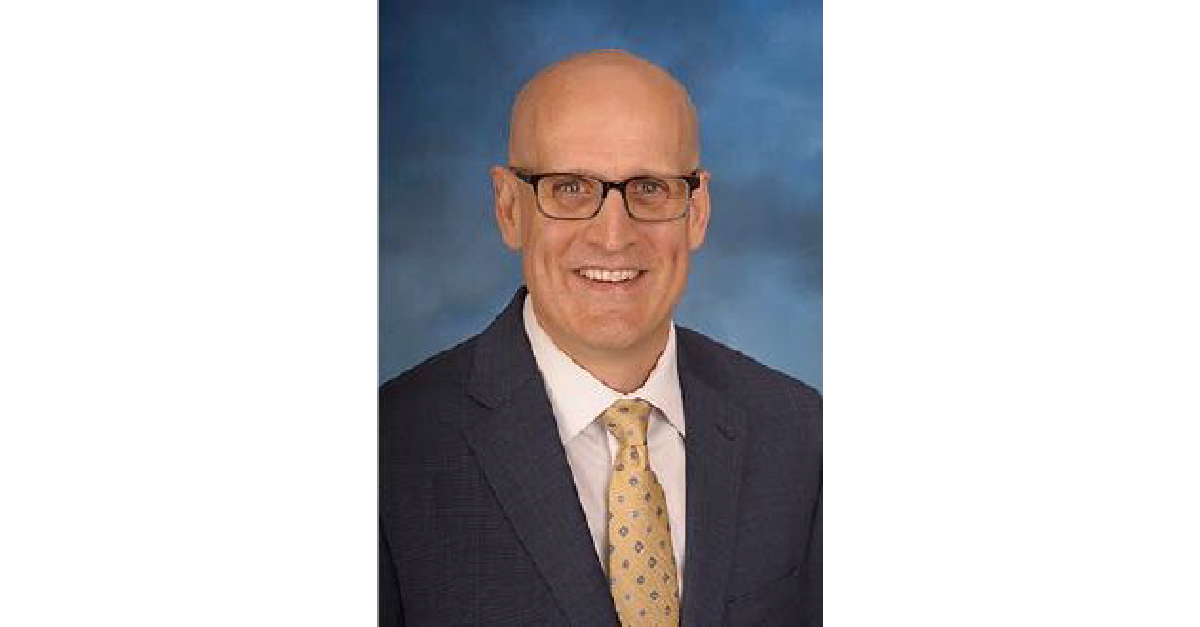
Eleven months ago, at the close of the 2022 CAS Annual Meeting in Minneapolis, I began my term as president of the CAS. As I am writing this, I have one more month to go before my term is complete, and my emotions are mixed. I am surprised that this year has gone by so quickly. I feel a twinge of disappointment as I feel as if I ran out of time to do more, and at the same time I feel a bit of relief, as this year has been a busy one.
In the midst of this mixture of emotions, I want to use this last President’s Message column to do a year in review. I want to celebrate the accomplishments from the past year and look forward to what the coming year will bring.
Accomplishments
This past year has been an active one — the volunteer leaders, CAS staff and volunteers have many accomplishments over the past year to be celebrated. I have highlighted a number of these accomplishments here.
- The Board undertook a governance review that resulted in a number of recommendations to improve the governance structure of the CAS and ensure that the organization is managed effectively and efficiently.
- CAS volunteers and staff continued to make progress on the Admissions Transformation Plan, releasing content outlines and beginning to develop revised exams.
I want to celebrate the accomplishments from the past year and look forward to what the coming year will bring.
- The CAS announced the launch of a predictive analytics module, which will become a required part of our exam pathway in 2025. The first offering of this module will be available this fall, with an official launch in May 2024.
- The first Student Ambassador Conference since the 2018 pilot program was held in conjunction with the 2022 Annual Meeting. CAS Student Ambassadors are members of the CAS Student Central who promote the CAS and P&C actuarial practice at their universities. Student Ambassadors attended educational sessions, networked with CAS members and met with CAS leaders.
- The CAS established new DE&I partnerships, including becoming an exhibitor at Black college expos.
- The CAS completed a disability and accessibility review and has begun to implement the results of the study.
- The volunteer appreciation program was enhanced to include a “Meet the Volunteer Group” series to highlight the contributions of volunteers, expanding our social media coverage of volunteer award winners and piloting a volunteer information and appreciation station at the CAS Spring and Annual Meetings.
- CAS Student Central Summer Program made changes to boost the value of the experience for those participants. We received over 400 applications from students in 29 countries representing 175 universities. More than 200 students completed the program, and each student was rewarded with a free registration for the CAS Data and Insurance Series course “Introduction to Data and Analytics” (DISC-DA). The end-of-program employer networking was also enhanced.
- We launched a new course called “Impact of Unintentional Bias in Insurer Decision Making.” This specialized, on-demand course was created by iCAS in partnership with The Institutes. It covers methods for recognizing how data modeling can contribute to unintended consequences to better mitigate risks associated with decision making.
- We designed a new continuing education program for the Certified Specialist in Catastrophe Risk (CSCR) and Certified Catastrophe Risk Management Professional (CCRMP) credentials, which are jointly administered by the International Society of Catastrophe Managers and The CAS Institute. The program was designed to encourage and acknowledge ongoing professional development through continuing education so credential holders are always prepared to meet the demands of the evolving business environment.
- The CAS hosted the first China Insurance Summit in December 2022. This event, conducted primarily in Mandarin, brought together CAS members and other actuarial leaders to discuss the latest developments in the field.
- The CAS showcased its expertise through speaking engagements at actuarial conferences around the world, including Australia, the Caribbean, Hong Kong, India,
Kenya, Malaysia, Nigeria, Singapore, Taiwan and the U.K.
These are just highlights — I don’t have enough space to list all the accomplishments. But you can see your volunteer leaders, CAS staff and volunteers have been hard at work moving our key strategic initiatives forward. They should be applauded for all their efforts.
Looking forward
As I think about what lies ahead for the CAS, I am excited for a couple of reasons. First, CAS members are uniquely skilled to be valuable members of the teams that help our customers solve the business problems they are facing in a rapidly changing world. Second, I am confident that we have the right volunteer leaders, volunteers and CAS staff to ensure this happens.
Think back to the Envisioned Future articulated in our Strategic Plan:
“CAS members are sought after globally for their insights and ability to apply analytics to solve insurance and risk management problems.”
I am confident that whatever the challenge, the volunteers, staff and volunteer leaders will face it confidently and appropriately.
Analytics involves applying modeling techniques to data to identify insights that can be used to implement solutions. As we look to the future, we know that data and analytics techniques will continue to advance. Therefore, to ensure we can achieve our envisioned future, actuaries will need to evolve as well. We have access to more data than ever before, and that data is available at a pace that is significantly faster than it has ever been. Analytics techniques have also continued to advance, and technology is also advancing at a rapid speed. Technology advancements allow for faster analysis of more data and facilitate the implementation of more sophisticated solutions. But equally as important as the data and technology is the ability to understand the process that generated the data and to understand how the analytics insights will be deployed.
Our steps being taken in the Admissions Transformation Plan and the predictive analytics project will help to prepare our candidates for a new analytics world. The capability model will allow our members to identify areas where they can improve their skills to adapt to a changing world and will also help the CAS provide appropriate continuing education to meet our members where they are.
Additionally, a new Actuarial Practice Analysis (APA) will engage with stakeholders to ensure actuaries are prepared to meet the challenges of the future. This APA will also inform our admissions and continuing education plans.
More trends are coming that we do not yet know. But I am confident that, whatever the challenge, the volunteers, staff and volunteer leaders will face it confidently and appropriately. I have had the chance over the last two years to interact with many volunteers, to work collaboratively with the CAS Board and to work closely with Victor Carter-Bey and CAS staff, and I can say without hesitation that we have highly competent leaders who truly care about ensuring the CAS doesn’t just maintain its place of leadership as P&C actuaries, but elevates its status in our areas of expertise. And I know that with Frank Chang and Dave Cummings stepping into this role over the next two years, the CAS is in great hands.
It has truly been an honor to serve as president of this great organization, and I am excited not just about where we have been, but where we are going! And I have no doubt that when the “year in review” happens next year, we will have much more to celebrate!












